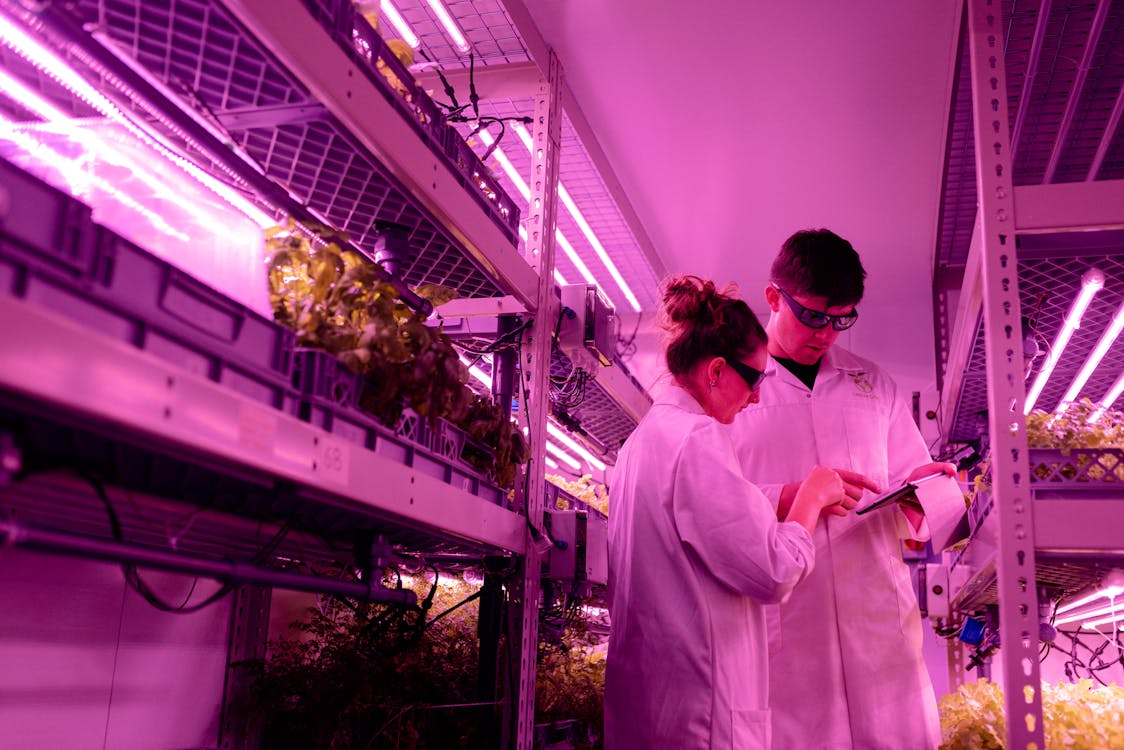Tailoring ELN Solutions to Diverse Scientific Needs
The pharmaceutical industry has historically identified ‘the best” ELN vendor and then force-fit that solution across all organization functions. There were practical reasons for this practice:
- Single system to implement/manage/validate.
- Leverage the relationship with a single software vendor
- Common knowledge of application allows for easy migration of employees within company
- One organizational data source to facilitate data mining
However, organizations have also discovered that there are significant costs with the one size fits all approach:
- Coordination amongst various groups within company – whose priorities matter most?
- How can we squeeze everyone’s requirements into a single application?
- Time and cost to customize.
- Scientist dissatisfaction.
- Performance?
Although Electronic Laboratory Notebooks (ELNs) are considered general-purpose tools, each has its own strengths and weaknesses. The scientific community is incredibly diverse, encompassing a wide range of disciplines such as Biology, Small Molecule Chemistry, Inhaled Pharmaceuticals, and Dermal applications. Each of these areas has unique requirements and workflows, and what works well for one might be entirely unsuitable for another.
Moreover, the different phases of scientific work—research, development, and manufacturing—each have distinct needs. Research activities are typically more exploratory and flexible, requiring ELNs that support a high degree of customization and novel data types. Development activities, on the other hand, demand more structured and rigorous documentation to comply with regulatory standards and to ensure reproducibility. Manufacturing phases prioritize efficiency, scalability, and integration with other enterprise systems. ELN designers cannot possibly be experts in all these diverse fields and phases, so they tend to focus their designs on specific communities to better meet their specialized needs.
For example, a research-oriented ELN might offer advanced data analysis tools and flexible entry formats to accommodate the unpredictable nature of early-stage experiments. However, this same flexibility can become a liability in a development setting, where standardized processes and stringent documentation are critical. Forcing such a research-oriented application into a development organization can lead to significant issues: workflows might become cumbersome, compliance risks could increase, and scientists may experience frustration due to the system not aligning with their precise needs. This misalignment not only hampers productivity but can also lead to costly errors and inefficiencies.
SaaS has changed the ELN paradigm
The advent of SaaS (Software as a Service) Electronic Laboratory Notebook offerings has disrupted the conventional single ELN vendor implementation. SaaS eliminates many of the barriers to ELN implementation which drove the need for a single vendor solution.
- No infrastructure – no hardware or IT knowledge transfer
- Solution is managed by the vendor
- Solutions can include a complete validation package
- Implementations in days not months.
- Data Mart slots into the organization data framework
The Plug and Play nature of SaaS ELN solutions can be liberating! Organizations are now free to consider the benefits to be derived from implementing the best solution for a functional group.
- The ELN can “speak” the language of the specific community group with targeted structure, calculations, and reports.
- Requires minimal configuration or customization. Scientists are not well known for defining “good” requirements. Just skip this source of implementation failure.
- Instrument interface can often be provided out of the box.
- The vendor is more likely to extend the product to support the specific community.
- Individual functional groups can have more “control”, implementing and operating at their own pace.
Summary
While ELNs are versatile tools, their effectiveness is maximized when they are tailored to the specific demands of the scientific discipline and phase they are intended to support. A one-size-fits-all approach often fails to deliver the nuanced functionality required across different scientific domains and stages of work, leading to suboptimal outcomes and user dissatisfaction. Therefore, it is crucial for organizations to select ELNs that are purpose-built for their specific needs, ensuring that each function within the organization can operate at its highest potential.





Recent Comments